September 27, 2019
BRIDIE GILLMAN: FINALIST IN THE BRETT WHITELEY TRAVELLING ART SCHOLARSHIP
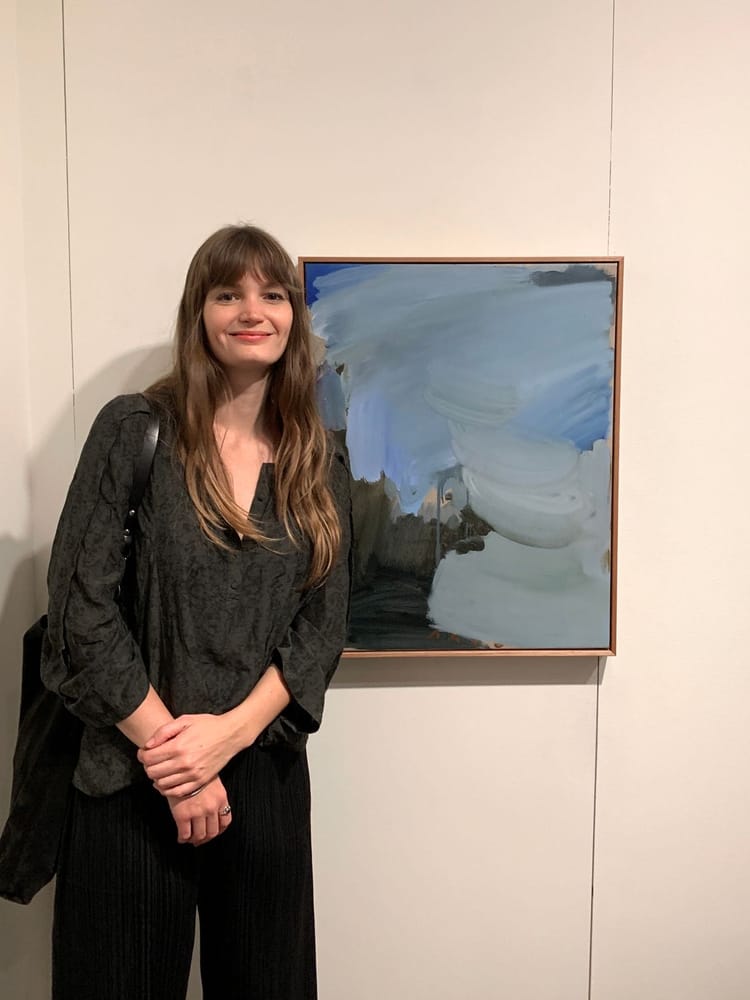
Bridie Gillman has been been selected as one of six finalists in the prestigious Brett Whiteley Travelling Art Scholarship, administered by the Art Gallery of New South Wales.
The annual Brett Whiteley Travelling Art Scholarship is now in its 21st year and is open to Australian painters aged between 20 and 30 years. It was created from an endowment by Mrs Beryl Whiteley in 1999. The inspiration was the profound effect international travel and study had on her son, the artist Brett Whiteley, as a result of winning the Italian Government Travelling Art Scholarship in 1959 at the age of 20.
September 21, 2019
CHRIS ZANKO FINALIST IN THE GOSFORD ART PRIZE
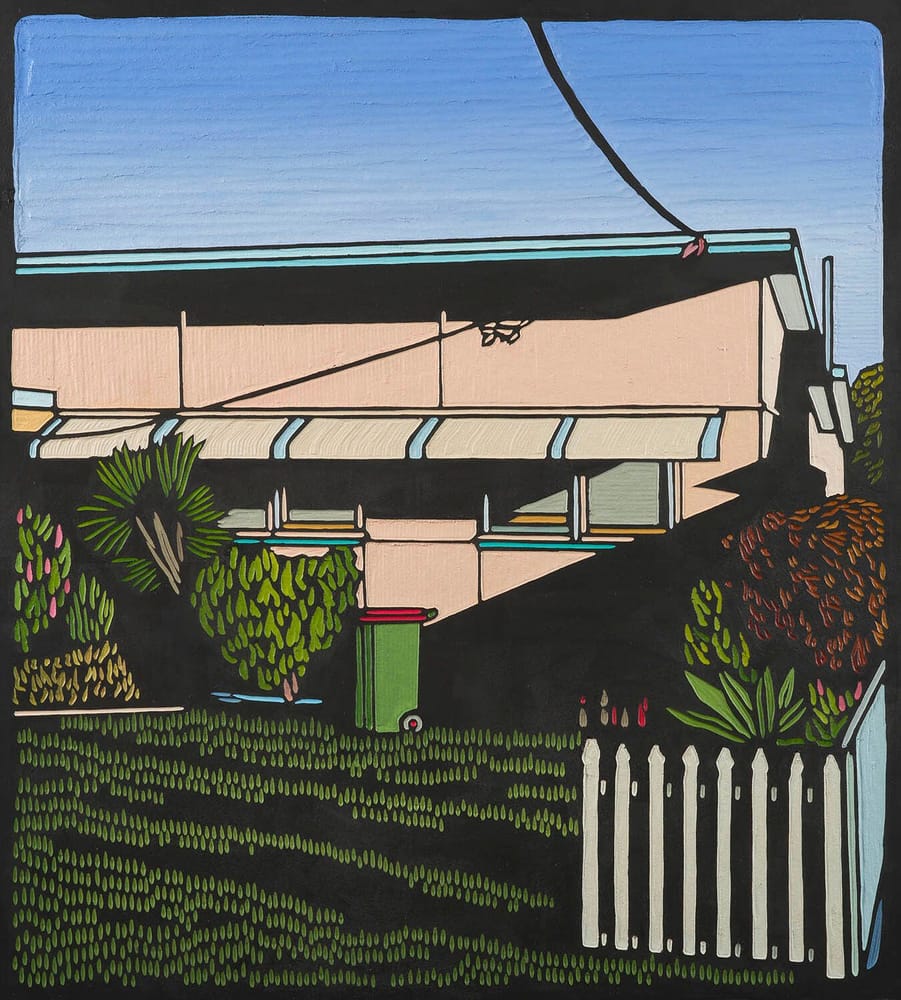
The Gosford Art Prize is the premier art prize of the Central Coast region, with local and national artists engaged in friendly competition for over $25,000 in total prizes.
September 6, 2019
SALLY ANDERSON FEATURED IN ARTIST PROFILE MAGAZINE
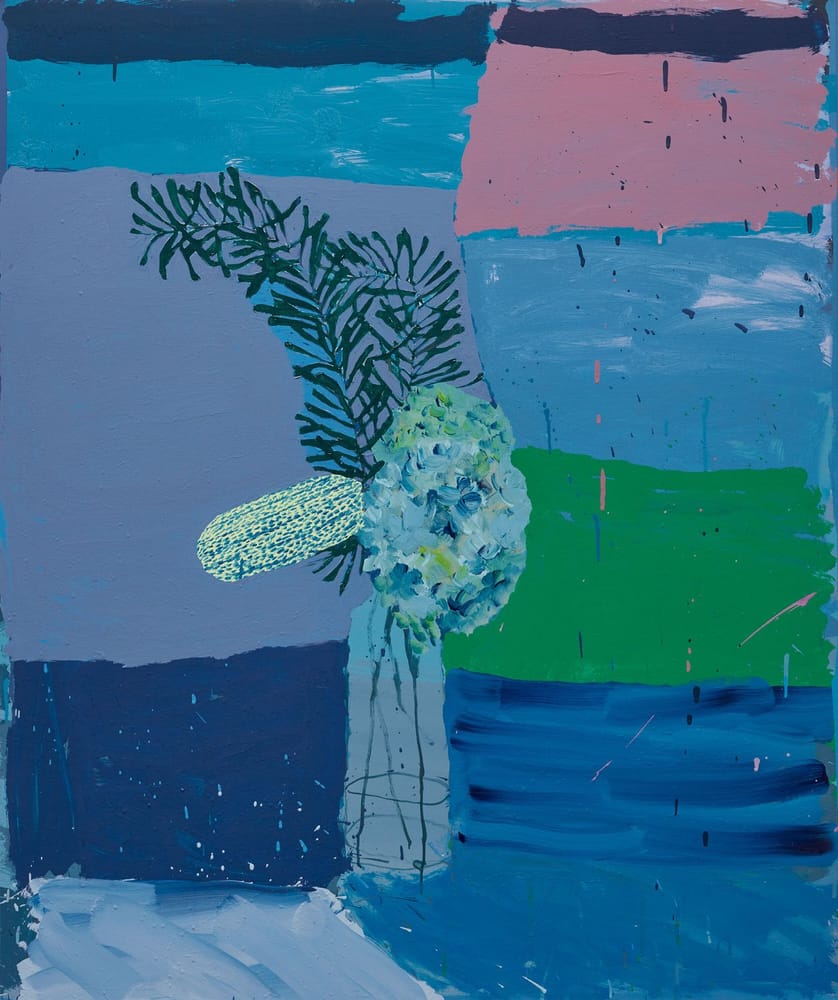
My paintings talk of relationship, context and metaphor. They are loaded with autobiographical content, draw on past and present experiences and often arrive in pairs. Recent paintings use abstraction, still life and borrowed landscapes to reference everyday intimate experience held in object and place. They explore the self and use abstraction, landscape and still life as devices to do so.
- Sally Anderson, The Design Files, 2019.
August 30, 2019
JANE GUTHLEBEN: FINALIST IN THE MOSMAN ART PRIZE
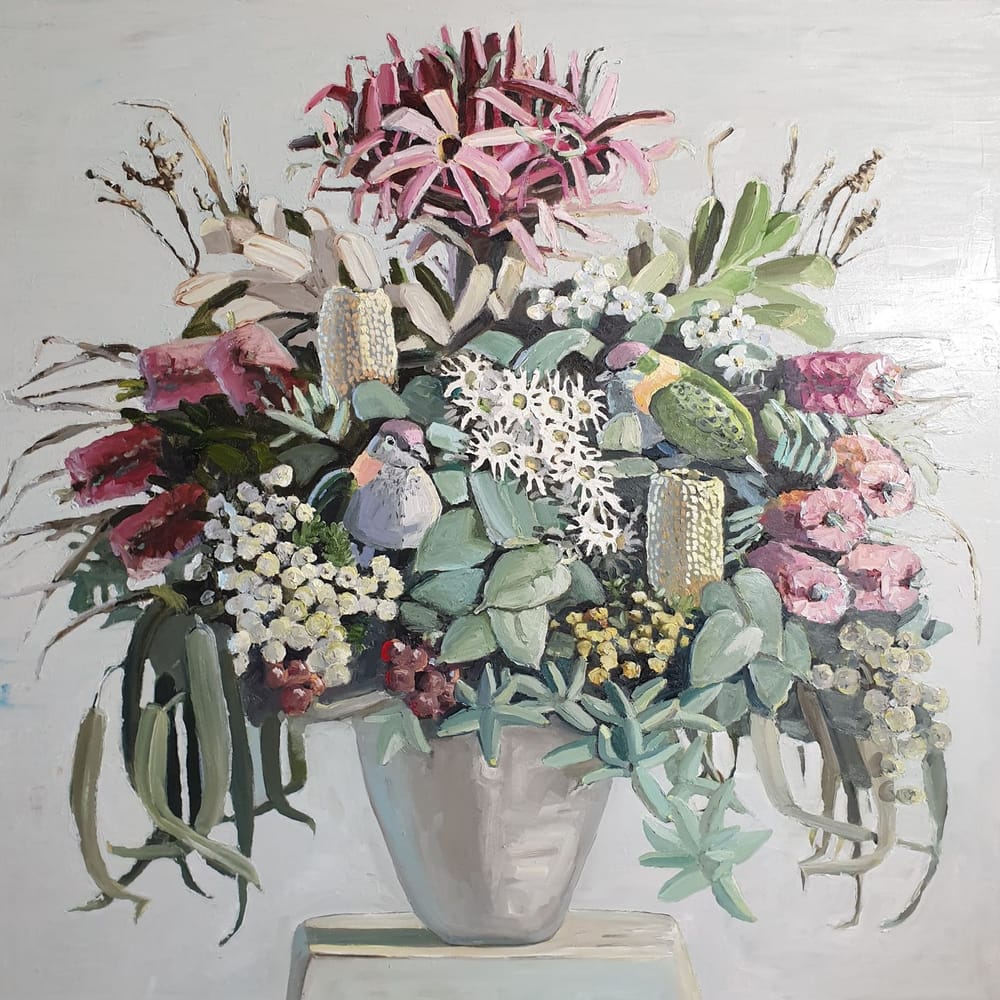
As an acquisitive art award for painting, the winning artworks in the Mosman Art prize form a splendid collection of modern and contemporary Australian art, reflecting all the developments in Australian art practice since 1947. Artists who have won the Mosman Art Prize include Margaret Olley, Guy Warren, Grace Cossington Smith, Weaver Hawkins, Nancy Borlase, Lloyd Rees, Elisabeth Cummings, Adam Cullen, Michael Zavros and Natasha Walsh.
In 2019 Jane Guthleben is a finalist with her work 'North Shore arrangement with superb fruit doves'. She says of the painting:
This work is based on the 17 century Dutch still life floral works by Rachel Ruysch, which have inspired my large floral compositions. For this work I have researched indigenous flora and birds from the Mosman Municipal area that are under pressure from urban encroachment and weeds.
August 30, 2019
DAN KYLE : FINALIST IN THE MOSMAN ART PRIZE 2019
Dan Kyle's work 'Caught in a Haze' has been selected as a finalist in the Mosman Art Prize
Established in 1947, the Mosman Art Prize is Australia's oldest and most prestigious local government art award. As an acquisitive art award for painting, the winning artworks collected form a splendid collection of modern and contemporary Australian art, reflecting developments in Australian art practice since 1947. Artists who have won the Mosman Art Prize include Margaret Olley, Guy Warren, Grace Cossington Smith, Weaver Hawkins, Nancy Borlase, Lloyd Rees, Elisabeth Cummings, Adam Cullen, Michael Zavros and Natasha Walsh.
Until 27 October 2019, Mosman Art Gallery
August 30, 2019
SALLY ANDERSON : FINALIST IN THE MOSMAN ART PRIZE 2019
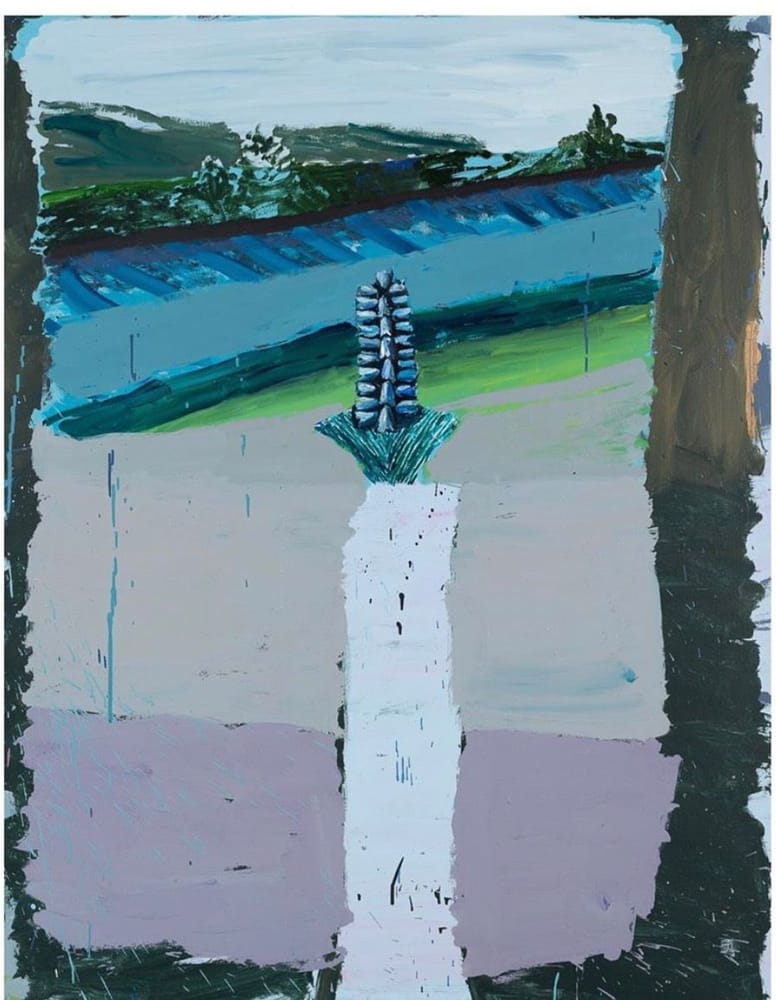
Sally Anderson's work 'Side of the Road River with Rousseau's Bluebells' has been selected as a finalist in the Mosman Art Prize
Mosman Art Prize was established in 1947, and is Australia's oldest and most prestigious local government art award. The winning artworks join a collection of modern and contemporary Australian art, reflecting developments in Australian art practice since 1947. Artists who have won the Mosman Art Prize include Margaret Olley, Guy Warren, Grace Cossington Smith, Weaver Hawkins, Nancy Borlase, Lloyd Rees, Elisabeth Cummings, Adam Cullen, Michael Zavros and Natasha Walsh.
The exhibition is open until 27 October 2019 at Mosman Art Gallery
IMAGE:
Side of the Road River with Rousseau's Bluebells 2019
acrylic on linen
courtesy the artist
August 19, 2019
CHRIS ZANKO FINALIST IN THE NATIONAL STILL LIFE AWARD AT COFFS HARBOUR REGIONAL GALLERY
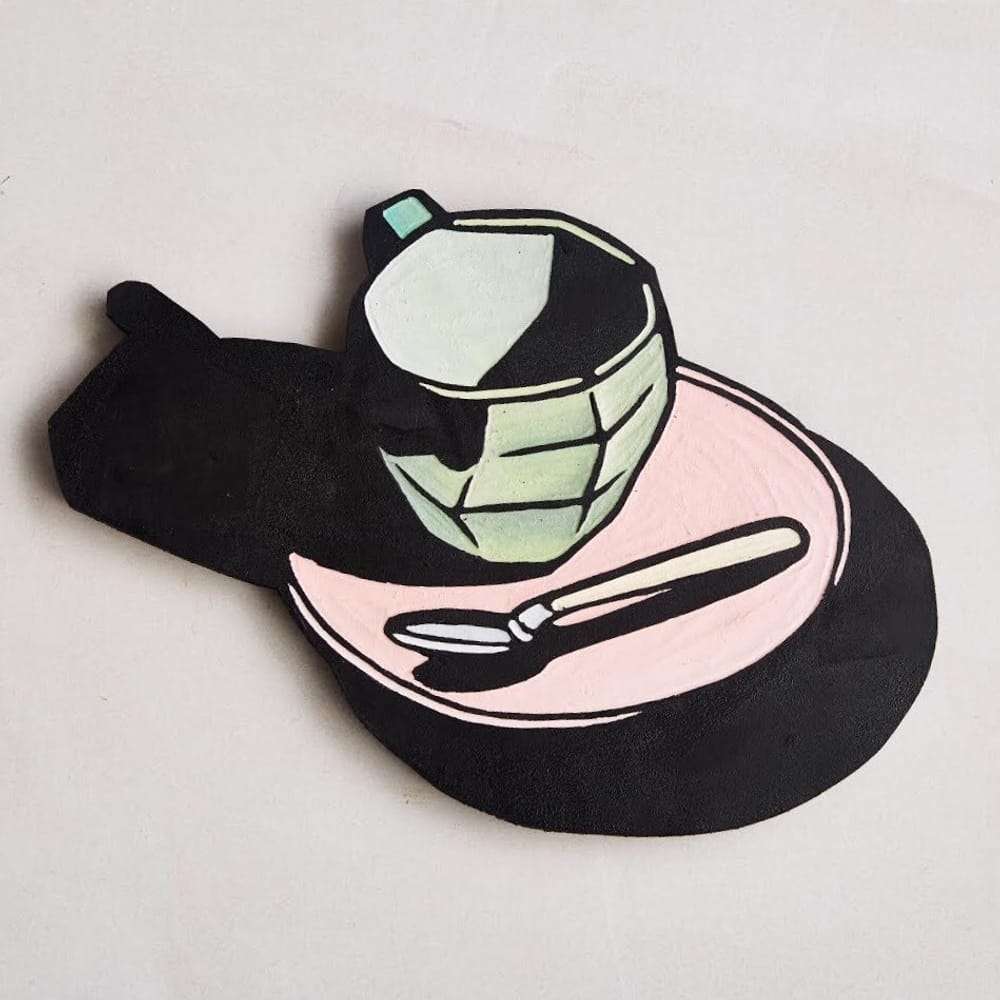
Still is a biennial, acquisitive award for artworks in the genre of still life, in all mediums. The award is open to artists at all stages of their careers. Still: National Still Life Award seeks to highlight the diversity and vitality of still life in Australian contemporary art practice, broadening the interpretation and meaning of this enduring genre.
The Still exhibition opens at Coffs Harbour Regional Gallery on Friday 20th September 2019, with the official opening on Saturday 21st September, and runs until Saturday 30th November 2019.
Christopher Zanko is a finalist in the 2019 award.
Image: CHRISTOPHER ZANKO 'Sundial' 2019
August 19, 2019
BELEM LETT FINALIST IN THE HAZELHURST WORK ON PAPER AWARD

Since 2001 The Hazelhurst Art on Paper Award has been a significant national biennial exhibition that aims to elevate the status of works on paper while supporting and promoting artists working with this medium.

With prize money totalling $26,000, the Award showcases outstanding art created with, on or about paper. Artists compete for the $15,000 major award; the Young & Early Career Artist and the Friends of Hazelhurst Local Artist Awards ($5,000 each); and the People’s Choice Award ($1,000), plus the Hazelhurst Preparator’s choice Residency Award.
Image below: BELEM LETT 'Mountains of Madness' 2019, mixed media on paper, 148 x 110 cm
August 19, 2019
BELEM LETT FINALIST IN THE ARTHUR GUY PAINTING PRIZE
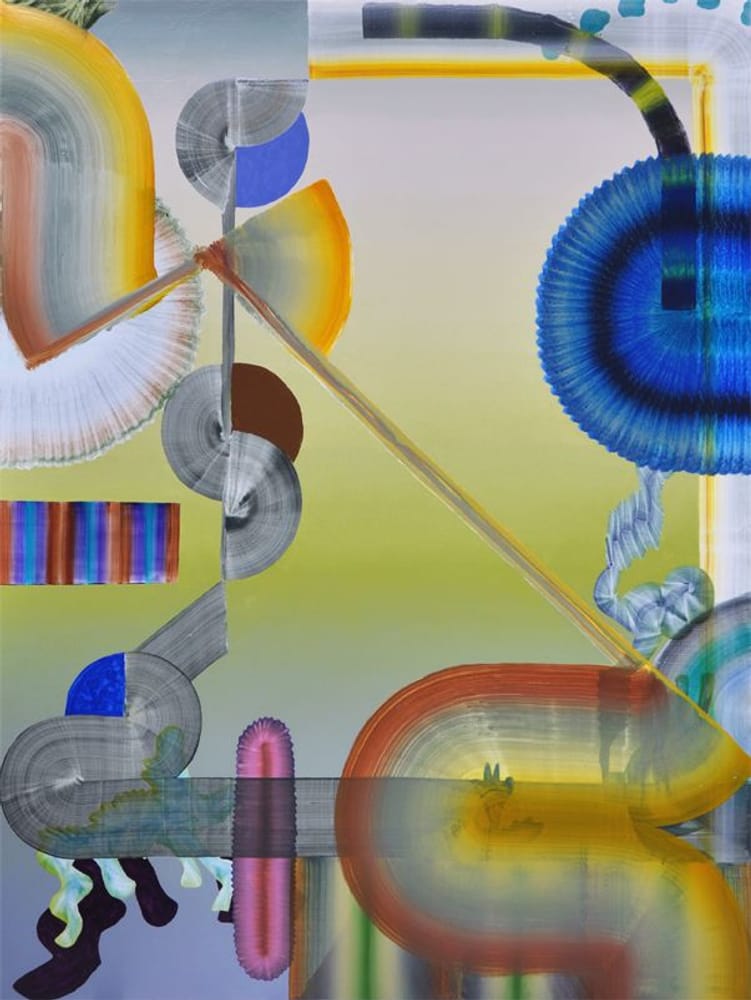
Administered by Bendigo Art Gallery and held every two years, the Arthur Guy Memorial Painting Prize is designed to attract some of Australia’s finest contemporary artists, awarding a generous acquisitive cash prize of $50,000.
Belem Lett is a finalist in the 2019 award.
Image below: BELEM LETT 'Dip Me in the Water' 2019, oil on aluminium composite panel 163 x 122cm
August 17, 2019
MARISA PURCELL AWARDED THE NANCY FAIRFAX ARTIST IN RESIDENCE STUDIO
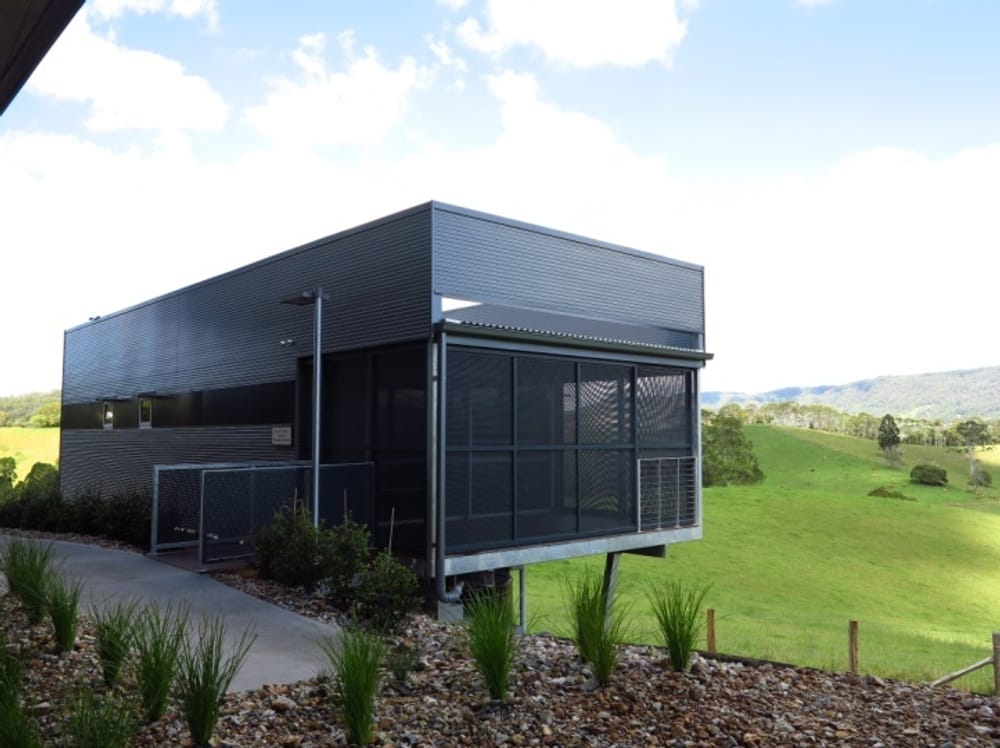
Through the Margaret Olley Art Centre, the Tweed Regional Gallery offers a unique experience of Margaret Olley’s home studio, provide insight into Australian art history and practice, and honor the artist’s legacy of mentorship and patronage. The Nancy Fairfax Artist-In-Residence (AIR) studio program encourages arts practice and creative engagement between artist, community and place.
The AIR studio will extend and complete the re-creation of Margaret Olley’s home studio at Tweed Regional Gallery. Throughout her professional life, Margaret Olley supported many artists through mentorship and financial assistance. To Margaret, the most productive ways of supporting artists were to encourage the public exhibition of an artist’s practice and to encourage sales. It is widely known that Olley mentored a number of younger artists and encouraged their representation in public and private collections. She actively supported artists and advanced their careers through purchasing works for collections or offering artists the opportunity to further their development through fellowship programs.
The AIR studio program will offer artists an opportunity to stimulate their practice in a creative environment. The Gallery will administer and promote a program which will see at least two invited artists participate in funded residency programs at TRG annually. The artwork resulting from these residences will be included in the Gallery’s exhibition program and displayed in the Friends of the Gallery.
Marisa Purcell will take up the Residency in 2020.